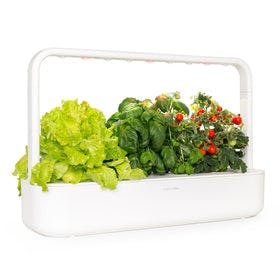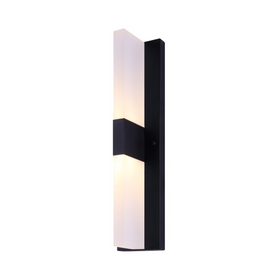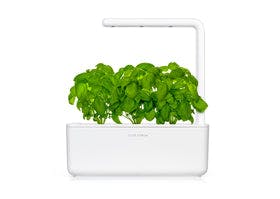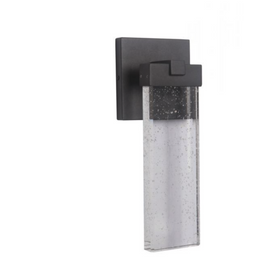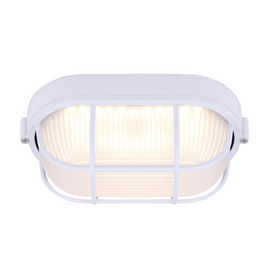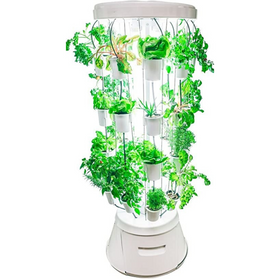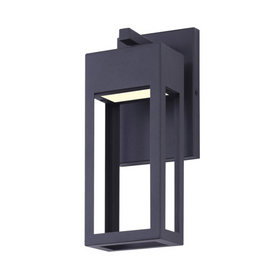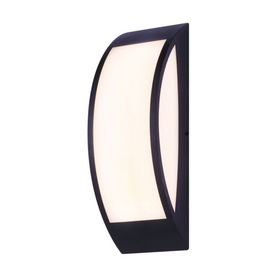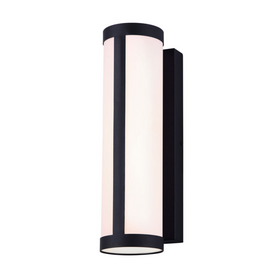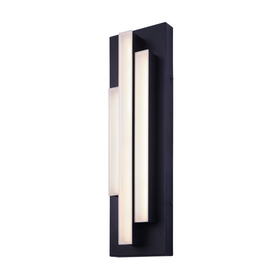
How To Make Your Own Hügelkultur
Last Updated: Apr 13, 2025How To Make Your Own Hügelkultur
When you think of gardening, do you visualize straight rows of crops bursting from the ground or beautiful standing boxes with vegetables draped off the edges? What if you could do both, and cut down on cost and time working in your backyard? If that sounds intriguing, read on: Hügelkultur may be for you.
What is hügelkultur?
Hügelkultur(pronounced "Hoo-gul-culture") is an Eastern European agricultural technique dating back hundreds of years. Its name comes from Germanic "Hügel-" meaning mound or hill and "-kultur" meaning culture. It all starts with beds of wood and compostable materials that come together to create an optimal environment for plant and soil life. As the mound matures, its decomposing organic materials release nutrients that become readily available for plants. The term was coined in 1962 by Herrman Andrä but has become more prevalent in recent years thanks to the work of Austrian permaculture advocate, Sepp Holzer.
Table of Contents
- Why use a hügelkultur?
- How Do I Make A Hügelkultur
- When do I make a hügelkultur?
- What are some risks to consider with hügelkultur?

Why use a hügelkultur?
Hügelkultur benefits you and your garden in many ways. Here's how.
1. Less watering
The core of the mound is made up of dried out logs covered in woody branches and finally nitrogen-rich compost. This wooden core acts as a sponge, soaking up water and nutrients from the surrounding mound. Then, during drier times, water and nutrients are slowly released back to the roots of the plants. The larger you construct the hill, the more capacity it can hold, cutting out unnecessary irrigation after the first year of maturation.
2. Extended growing season
As the wood begins to break down in those early years, it generates heat under the soil, slightly extending the growing season and creating a beneficial environment. Imagine the energy produced by wood in a bonfire. Now imagine that same energy slowly releasing over the years to the roots of plants and soil life. That's taking advantage of the second permaculture principle of catching and storing energy. The sun once fueled the tree's growth, and the tree is now feeding the mushrooms and indigenous microorganisms sharing the hügelkultur.
3. Less soil tilling
As it decomposes, spaces between the branches form and aerate the soil, meaning no tilling is necessary.
4. Take better advantage of the sun and wind
You can also take advantage of the microclimates one hügelkultur can create. You can place sun-loving plants on the sun-facing side (south side, if you're north of the equator) and shade tolerate ones on the opposite. You can even position the hügelkultur in a way to direct wind or push it over tender crops.
5. Larger garden
When building this hügelkultur, you're also increasing the surface area you can grow on, compared to flat ground.
6. Less strain on your back
Because you now have a mound to work with, you are decreasing how far you have to bend to harvest.

How Do I Make A Hügelkultur
There are many types of hügelkultur designs, with some built into the ground and others in raised beds. Though they can be any size, the Permaculture Research Institute found the most beneficial mounds to be roughly 2.1 meters tall (nearly seven feet). Start with the core, and pile it up with massive logs or thick branches. Then, continue building the outer part by layering on small pieces of twigs and branches that would otherwise go unused. Fit the wood firmly together, limiting gaps between the logs.

Choosing the right wood for the core is critical, as some species can hinder growth. Hardwood trees break down slowly, maintaining the mound longer. Softwoods also work as well, but they decompose faster. Beneficial tree varieties include alder, apple, cottonwood, poplar, and birch. Some trees to avoid are black locust (doesn't decompose well), black walnut (toxic to other plants), and redwood (issues with decomposition and seed germination).
Next, gather the compostable materials, which can include grass clippings, straw, cardboard, manure, and aged compost, to name a few. Place the compostable materials in the empty spaces first, filling in the spaces evenly around the mound. Some people choose to lay entire sections of sod across the mound with the grass-side down against the wood core. Since this will be making up the majority of the hügelkultur, it is essential to keep the angles of the sides at 45 degrees to reduce soil compaction and increase oxygenation.
Finish the mound with a layer of topsoil several centimeters thick. You can begin to plant on the hill immediately after construction, but it is recommended to let it settle over the winter months.
When do I make a hügelkultur?
You can make a Hügelkultur any time of the year. The best results occur after the mound has had time to set up. Why? The carbon in the wood needs time to absorb both the nitrogen-rich nutrients and the water. Once the logs become saturated to capacity, they will begin to release the nutrients back into the mound and allow plant roots to wick the water from the hügelkultur's core. Because of this, it is recommended to construct in the fall, allowing the mound time over winter to mature before planting crops the following spring.
Note that the mound will shrink over time. The 2.1-meter mound will turn into 1.8 meters in the first year, with the rate of shrinkage slowing after the second year. If you want to keep a specific height, you can add fresh layers of green manures or composts to the bed each year. Where can you find excess compostable materials? Try reaching out to your local municipality. They clear roadsides of brush, cut back trees from powerlines and pick up green wastes, all of which go to a compost pile and might be available for your use.
What are some risks to consider with hügelkultur?
The main challenges associated with hugelkultur are nutrients and pests.
Nutrients
In the first years, the wooden core will be absorbing nutrients (i.e., nitrogen). If you notice that your plants are showing signs of nutrient deficiency, you can feed nutrients to the hügelkultur or plant beneficial crops, like nitrogen fixers. When feeding the hügelkultur, too many nutrients can also become a problem, leading to leaching from the mound into the surrounding soil. Too alleviate the risk of leaching, add massive feeding plants—like the brassicas: broccoli, Brussels sprouts, cauliflower, and kohlrabi—at the base of the hügelkultur. Some examples of useful medium-demand plants for the mid-slope include cucumbers, potatoes, squash, and tomatoes. Leave the top for low-demand vegetables like herbs, collard greens, peas, and beans.
Pests
If you live in areas with termites, hügelkultur beds can turn into a nuisance. Termites are recognized for their talent in breaking down the cellulose in wood, meaning your mound could become a great B&B. And while your hügelkultur may handle some termites, your home shouldn't have to. Be sure to research your area before building your hügelkultur if termites or carpenter ants are a concern.
Finally, don't plant trees atop your mounds. As the hügelkultur settles, it can potentially damage or weaken the roots that provide the support structure, causing the tree to tip over in heavy winds, losing the tree and damaging the hügelkultur. Trees can be planted in front or behind the mounds, at ground level, so that as the tree grows, its roots creep out into the areas where it can benefit from collected water and nutrients.
Hügelkultur is an old technique made new again and can be used to take your garden to the next level. So as you plan your garden for next year, you might want to start building a hügelkultur this fall!
Tanner Sagouspe
Tanner Sagouspe has a Masters in Environmental Management and is a Permaculture Designer who promotes tackling the climate crisis at home.

